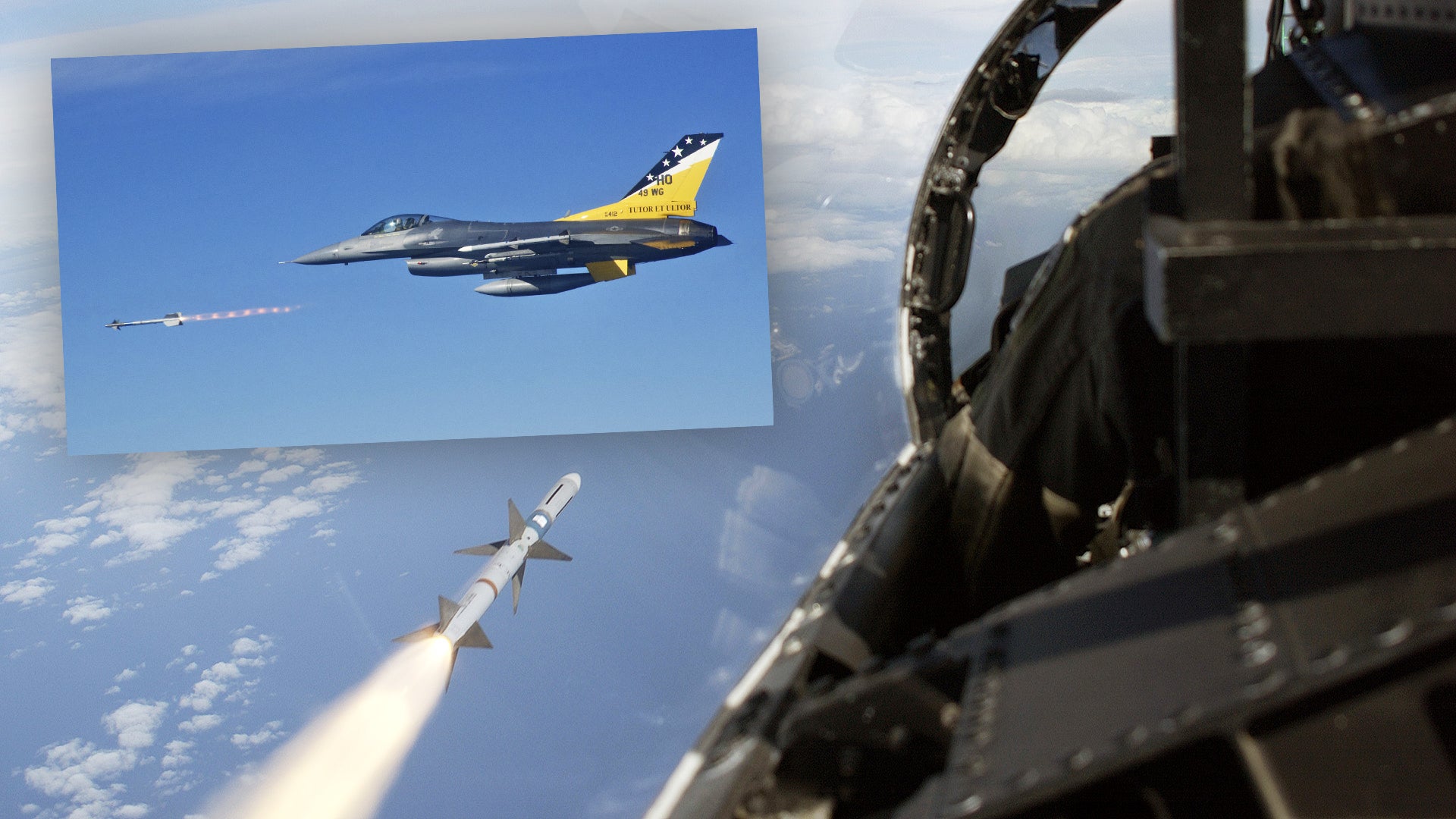“Fox 3!” a pilot exclaims as a radar-guided missile streaks off the wing of a fighter jet. In seconds the weapon is traveling at supersonic speed, hurtling to deliver a lethal blow to its intended target. However, this isn’t actual real-world combat, this is training for a fledgling aviator gaining vital experience, or testing a new piece of equipment or software, ensuring an air-to-air missile will work exactly as planned not during a canned training event, but in the heat of combat.
The world of advanced air-to-air combat is a notoriously complex affair. The missile technology that underpins it, from short-range heat-seeking AIM-9 Sidewinders to long-range, radar-guided, AIM-120 Advanced Medium-Range Air-to-Air Missiles (AMRAAMs), represents the tip of the aerial combat spear. Harnessing that edge is a critical part of maintaining air supremacy, and it’s something the U.S. military takes very seriously.
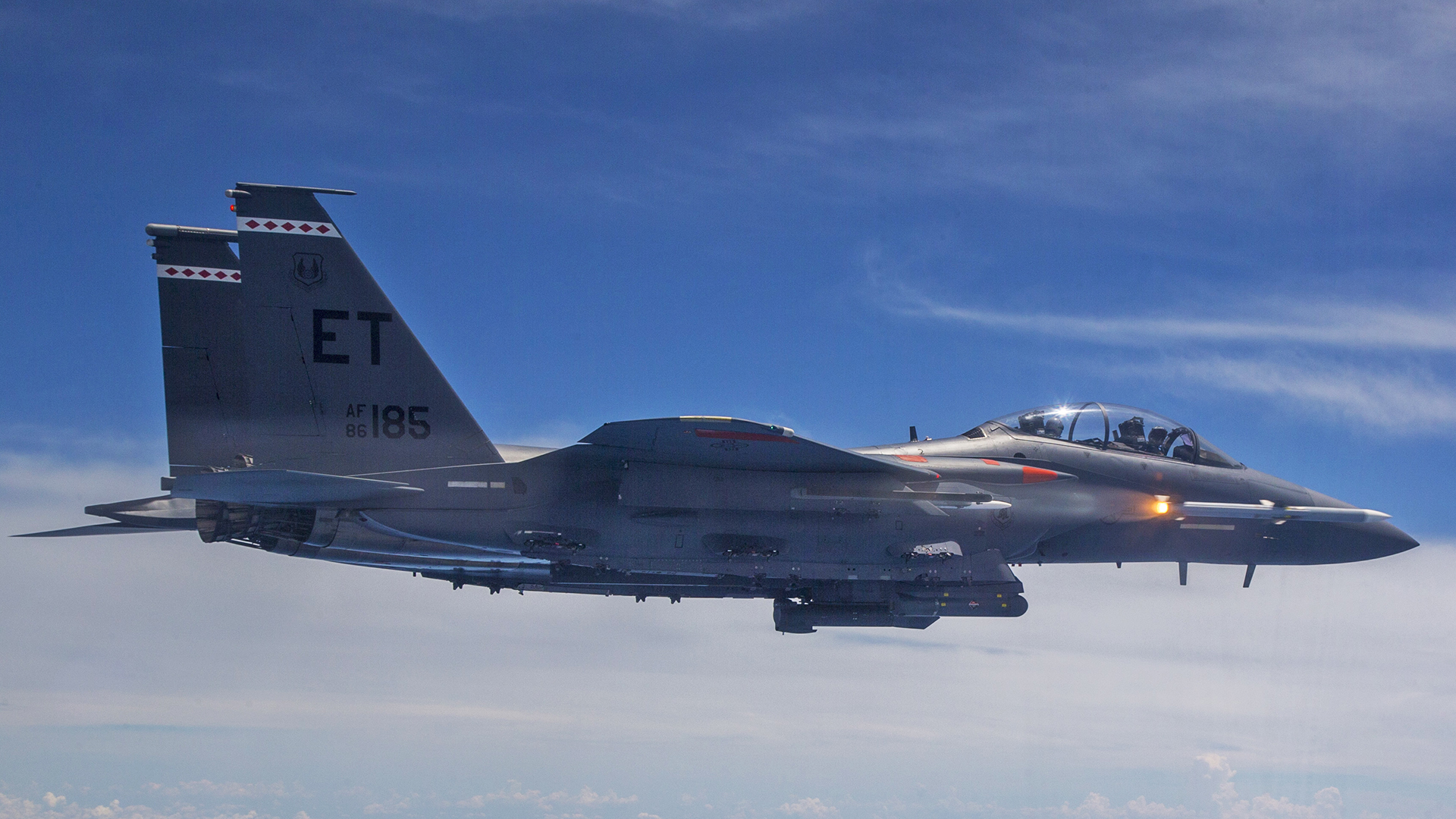
Therefore, the end-to-end testing of the entire system, from pulling a weapon from its transportation container, loading it on the aircraft, flying it, engaging a target, and ultimately firing the weapon, making sure it is guiding to the target, and ultimately destroying its victim, is important in many ways. It proves the system works, plus it gives new aviators experience of the rush of using live weapons in a far better situation than the heat of combat.
The world of WSEP
The U.S. Air Force has recently transformed its premier live-fire weapons events as part of an effort to better combine cutting-edge squadron training with the latest operational testing. These types of mass live-fire drills started out as the famous William Tell missile-firing exercises that commenced in the 1950s, which saw rows of Century Series fighters congregating at Tyndall Air Force Base, Florida. Today’s Weapons System Evaluation Program, or WSEP, is still staged primarily out of the same Florida airbase, and it has cemented its position as the premier event for live-fire weapons employment for combat aviators across the U.S. military.
WSEP was established as a feedback mechanism to improve upon identified deficiencies in the Department of Defense’s air-to-air combat enterprise. It also serves to build confidence for young aviators by providing the experience of actually employing air-to-air weapons — imparting a better understanding of what their weapons are capable of, as well as learning first hand about a weapon’s behavior and performance.
“I’ve seen several young pilots assess their shots as “guiding” towards the target, when in reality — as a chase pilot — I watched their missile leave their aircraft and not guide towards the target at all,” Lieutenant Colonel Orion “Rhino” Vail, commander of Tyndall’s 83rd Fighter Weapons Squadron (FWS), told The War Zone in an exclusive interview. “These are fantastic learning opportunities for young pilots in the debrief, now that they have seen what the missile was not supposed to do, they will be better prepared to recognize that and take a follow-up shot if they see something like that in actual combat.”
The WSEP mission
“Our mission is to conduct air-to-air and air-to-surface weapons evaluation for Combat Air Force [CAF] fleet aircrews, platforms, and weapons. We prioritize the first-time shooter experience and evaluation of aircrews, while also integrating with the operational test community to inform strategic weapons decisions,” says Vail, an F-22 Raptor pilot and Weapons School graduate, whose squadron is now mandated with overseeing WSEP East at Tyndall.
In the past, the USAF ran separate Combat Archer air-to-air and Combat Hammer air-to-ground WSEPs. Now, these have been incorporated into WSEP East, which is overseen by Vail’s squadron, and WSEP West at Hill Air Force Base, Utah, overseen by sister unit the 86th FWS. Both locations can include a mix of these mission sets, but with a bias toward air-to-air at Tyndall and air-to-ground at Hill.
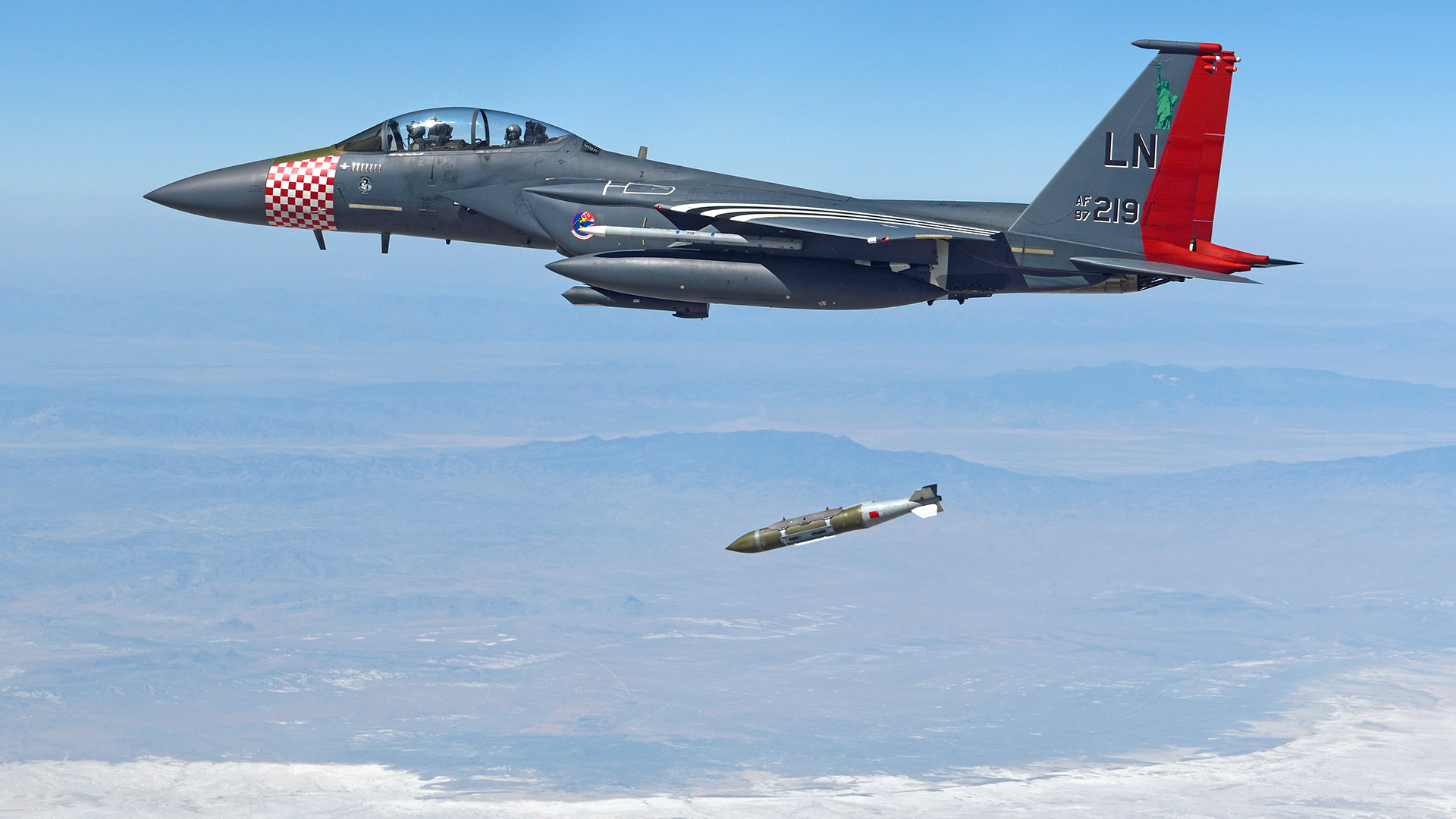
“CAF Plan 53 is the new guidance that came out in May 2020. This supersedes and replaces COMACC [Commander Air Combat Command] Plan 85, which was the Combat Archer guidance, and Plan 90 which related to Combat Hammer. This has resulted in the shift to the WSEP East and WSEP West construct,” explains Vail. CAF Plan 53 has brought about a dramatic change from the traditionally separate Archer and Hammer events, with as many as 10 WSEPs per year now held at each location as dynamic, integrated events that include live air-to-air and air-to-ground weapons employment, as well as aerial gunnery.
The Tyndall event is run over the nearby Gulf of Mexico range complex, with the Hill WSEP making use of the expansive Utah Test and Training Range (UTTR). Both of these now include close cooperation with the 53rd Wing, the USAF’s primary Operational Test and Evaluation (OT&E) organization.
“There wasn’t a lot of crossing of the lines with regard to the operational test and the evaluation piece,” Vail adds, “[But] we now act more as the “E” in OT&E, as part of the fantastic vision from the USAF Warfare Center about accelerating the ability to field weapons systems faster.”
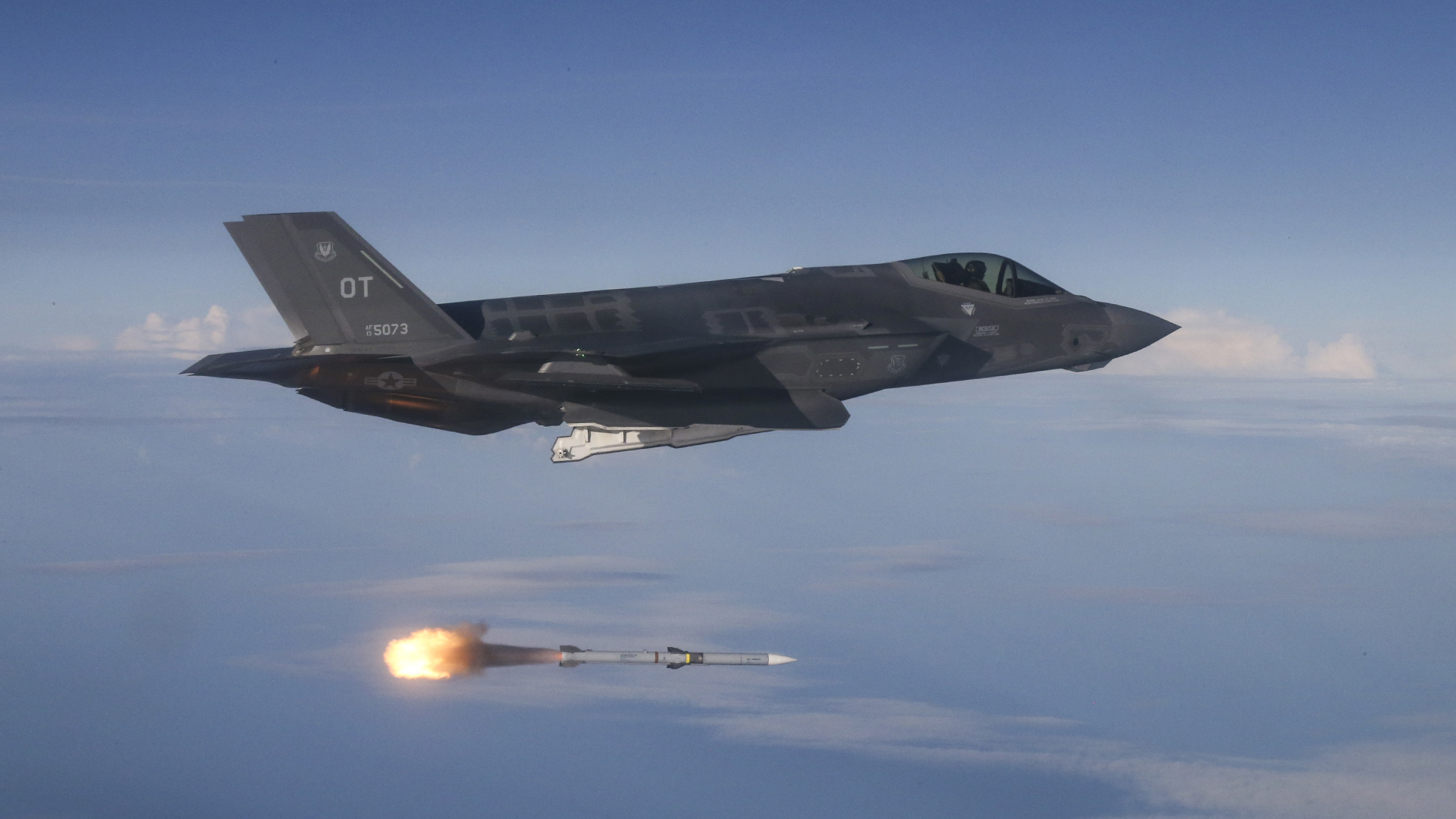
Pushing ahead
Illustrating the new mandate, between March 8-19, 2021, the 53rd Wing’s Weapons Evaluation Group (WEG) hosted simultaneous air-to-air and air-to-ground WSEPs at Tyndall and Hill. The Florida base hosted F-16C/Ds from Holloman Air Force Base, New Mexico, along with F/A-18E/F Super Hornets from the U.S. Navy and F/A-18 “legacy” Hornets and F-35B Lightning IIs from the Marine Corps. F-22A Raptors and F-15C Eagles from the 422nd TES and 433rd Weapons Squadron (WPS) also participated in WSEP East to accomplish operational test and Weapons School objectives.
The March event included some notable weapons evaluations including an extremely long-range AIM-120 AMRAAM shot from an F-15C Eagle and the first-ever employment of the F-35B gun pod in aerial gunnery, both of which took place over the Gulf of Mexico. You can read more about the F-15’s unprecedented AMRAAM shot here. Meanwhile, WSEP West at Hill included air-to-ground work with the first live operational test drop of a GBU-53/B Stormbreaker Small Diameter Bomb (SDB) II from an F-15E Strike Eagle during the exercise.
“We dropped six total SDB IIs against both moving and static targets,” said Major Derek Anderson, F-15E pilot, and director of operations at the 706th Fighter Squadron. “The SDB II performed as expected and on target using the normal mode and net-enabled features.” The GBU-53/B incorporates advanced smart weapon logic and networking, allowing the weapon to be re-targeted in flight and also provide status feedback to those on the network. At Hill, the 86th FWS also hosted A-10s, B-52Hs, and MQ-9s which dropped munitions to train and evaluate air-to-ground weapons employment.
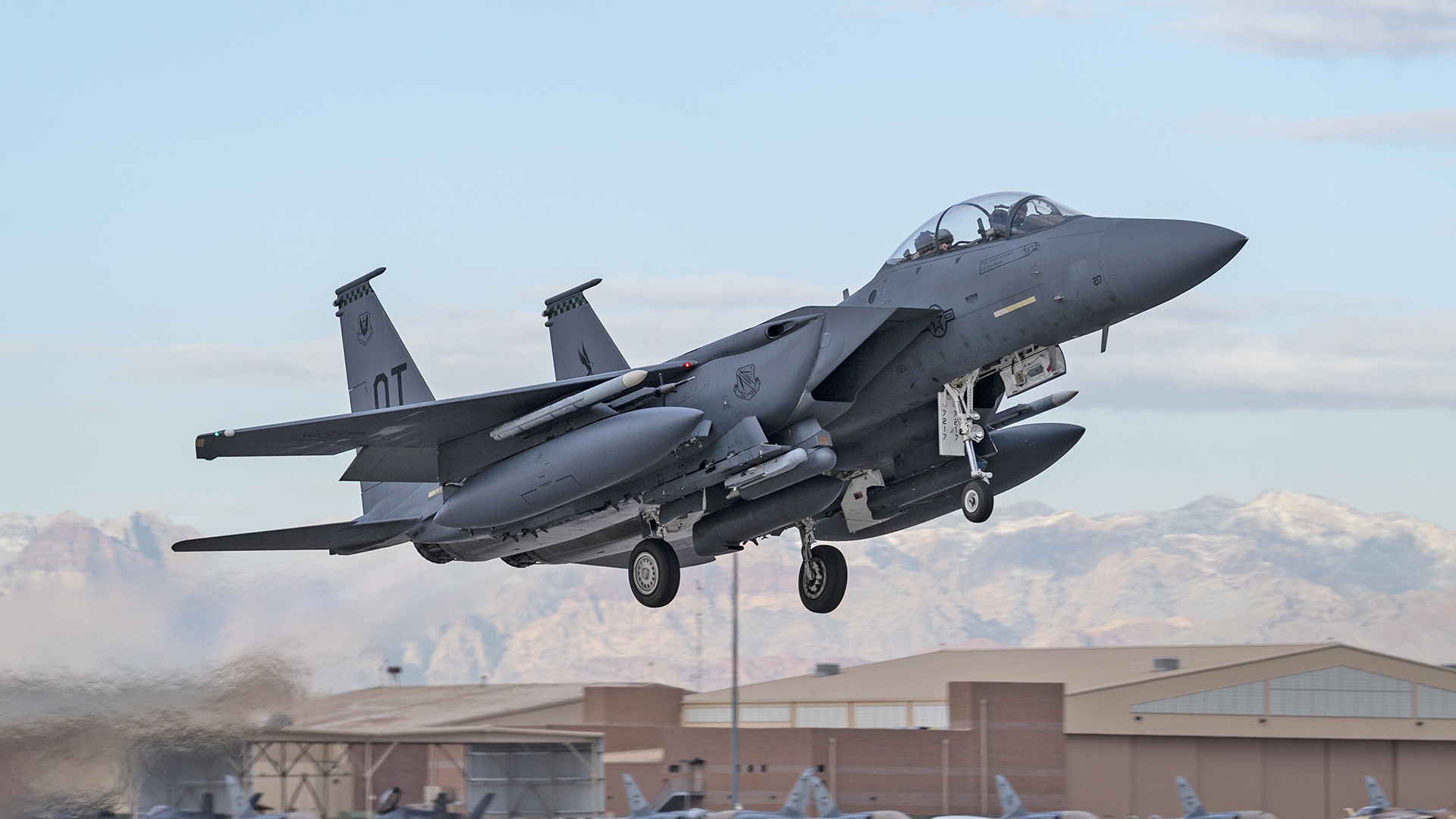
WSEP East included F-16 instructor pilots and 16 first-time missile shooters from the 314th Fighter Squadron, the Viper training unit at Holloman, as well as F-16 student pilots who flew in the sorties as a learning opportunity. The Super Hornets, Hornets, and F-35Bs fired a mixture of AIM-9 Sidewinder and AIM-120 missiles, along with the aforementioned debut use of the F-35B’s four-barrel 25mm GAU-22/A gun pod in air-to-air gunnery in an operational setting.
The 83rd FWS developed various profiles, to include what it calls high-G “combat-free” mission sets, against QF-16 full-scale aerial targets, as well as sub-scale drones, that were provided by the 82nd Aerial Targets Squadron (ATRS) to furnish scenarios to accomplish the various objectives. Combat Free is when an aircraft fires a missile while pulling Gs, instead of flying straight and level. It’s designed to simulate a dynamic air-to-air situation.
In total, the combined units flew 295 sorties, firing 37 missiles and conducting 27 aerial gunnery missions.
A complex affair
An event such as WSEP, with multiple aircraft, live weapons firing, deconfliction, and many other variables, is clearly a complex affair. Mission execution is led by a qualified “Aces Chase” — an 83rd FWS pilot who is an airborne safety observer. The 81st Air Control Squadron, from the 53rd Weapons Evaluation Group (WEG), has a team monitoring and providing air control for the mission. Embedded safety observers ensure safe profile execution and can terminate the flight of any errant missiles after separation from the shooter aircraft. The “Lucky Ace” ground team, also members of the 83rd FWS, monitor the mission from the ground on the ops floor that is specifically designed for data collection and storage of missile data.
“The 83rd FWS analysts and telemetry team monitor missile status and performance in real-time,” Vail adds. “Once the Aces Chase pairs the shooter to the target, the shooter begins execution of the briefed profile that the 83rd FWS program managers have developed, and the shooter has practiced for by both “chair-flying” and in the simulator [if available]. The shooter, or shooters in some cases, will use available sensors to detect, target, and identify the target. Once this sequence has occurred, and safety criteria are met, the Aces Chase will clear the shooter[s] to fire their weapon[s].
“The shooters will then hit the weapons release button in their platforms and, hopefully, the missile will successfully leave their aircraft and guide on the intended target. That doesn’t always happen though and that is exactly why we do this — to reaffirm what works — but more importantly, to identify what doesn’t work, what went wrong, and implement necessary corrections.”
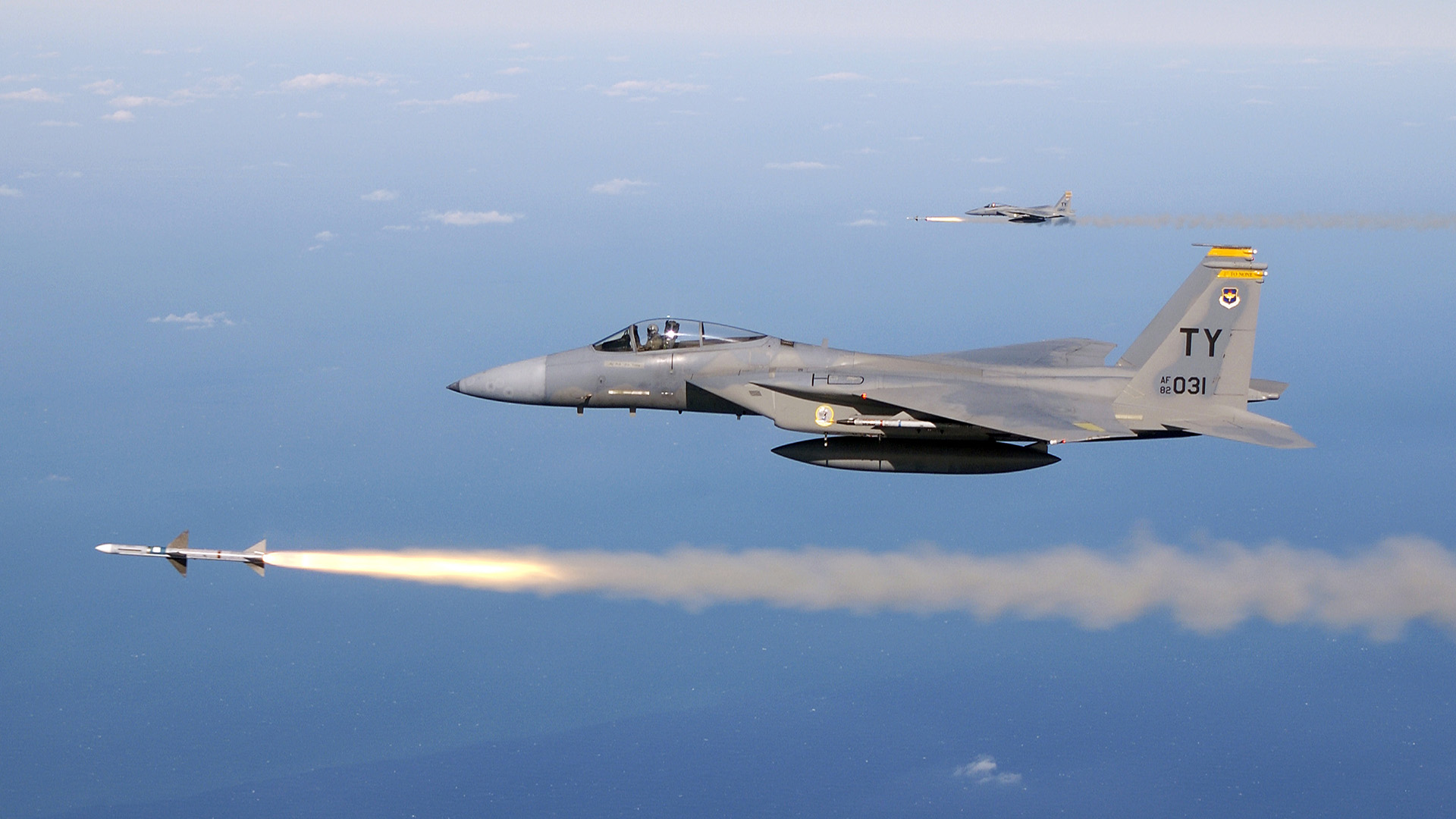
“Over the years, air-to-air missile shot evaluation has evolved considerably, stemming from the results of our weapons employment in Vietnam with a 10-1 kill ratio, through to a 39-1 ratio in Operation Desert Storm. WSEP has been integral to achieving those results,” explains Vail, adding that WSEP is the Department of Defense’s only weapons evaluation program.
“WSEP is an incredible opportunity for our pilots, maintainers, and ammo personnel to get real-world experience loading and employing live air-to-air weapons, allowing us to validate our processes while gaining valuable experience that simply cannot be replicated in a simulated environment,” commented Capt Zachary Helton, from the 27th Fighter Squadron, during the February 2021 WSEP. “The data gained from each of these shots further benefit the Combat Air Forces as a whole, as we are able to train within the observed capabilities of each missile.”
Informing the tactics
What is known as the “3-dash-1 shot kill” is a manual that explains the tactics for firing missiles and data from WSEPs informs these tactics. “This manual provides aircrews in the Combat Air Forces — and the Navy fleet in F-35 specifically — with the ability to have a better understanding — that’s data-informed — with regard to their weapons employment,” explains Vail. “When they train they can reference the “3-dash-1 shot kill” to gain a better understanding in live-fly execution, but more importantly for debrief, to fully understand how their weapons performed.”
While Vail’s squadron has no actual aircraft, the unit’s Program Managers are assigned from the full range of fighter aircraft types, including one Navy Super Hornet pilot. They provide a critical conduit between the WSEP team and the end-user. They are the experts that coach the visiting units through the event, making sure they gain maximum learning. “Any time units are preparing to deploy to Tyndall for air-to-air WSEP, my program managers will travel out to that unit for about a week for pre-deployment briefings. They will fly with them as part of the evaluation process to assess them during normal operations and ensure they are briefed on profiles and prepped, ready to come to Tyndall to shoot weapons.”
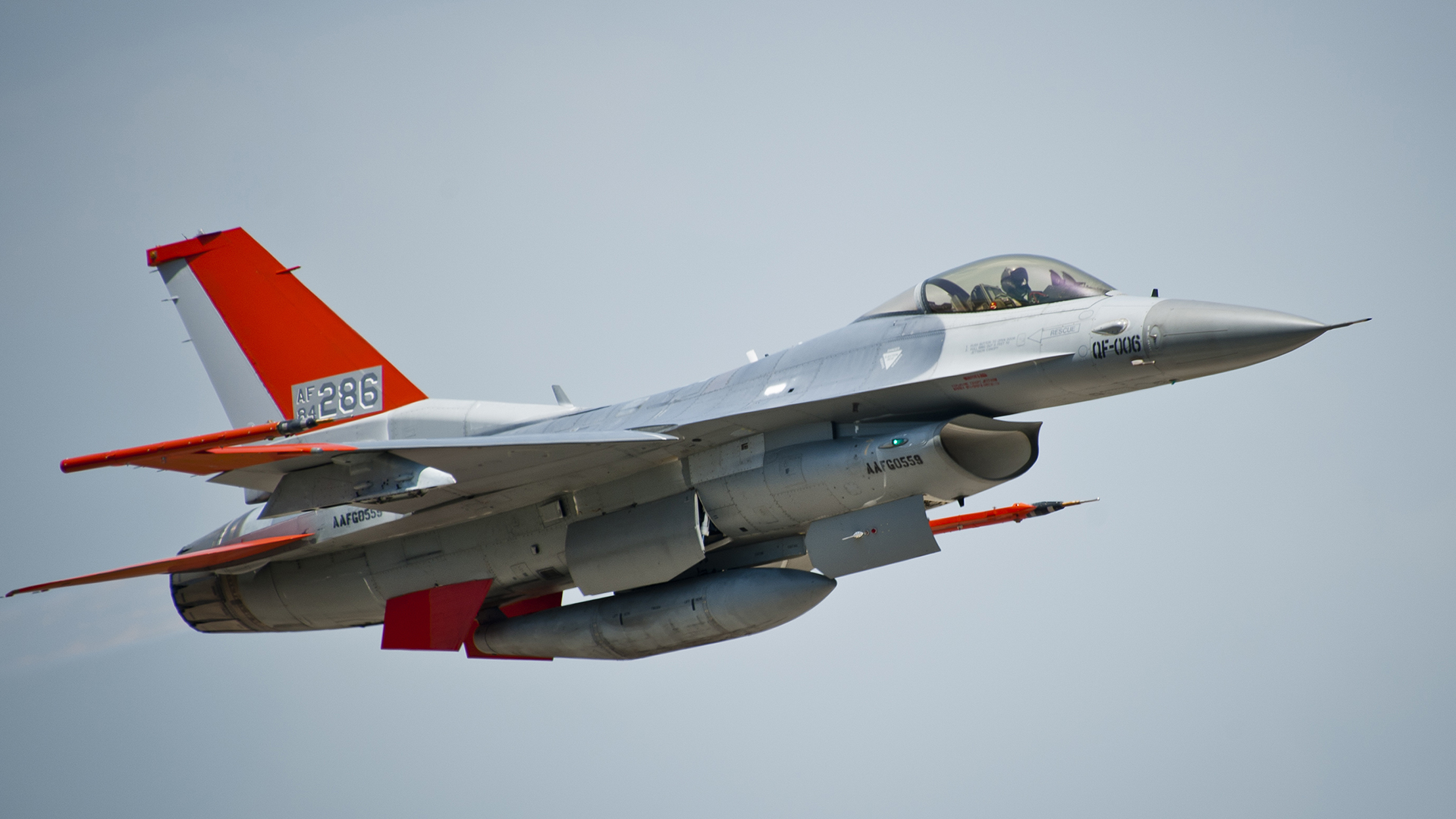
Testing the systems
Visiting units, and the nearby OT&E squadrons from Eglin Air Force Base can draw upon the wealth of resources that are available at Tyndall under the 53rd WEG. This includes the QF-16 that can be flown by a pilot, or unmanned from a ground control station, and BQM-167 sub-scale drones of the 82nd ATRS.
Having been devastated by Hurricane Michael in October 2018, Tyndall’s 325th FW is spinning up to become a unit with three F-35A squadrons. Alongside, the 82nd ATRS is fully back in action, supporting the resident WEG. “The drone set-up and telemetry here is incredible,” enthuses Vail.
When it comes to the flying targets that will have missiles fired at them, both the QF-16 and the BQM-167 are capable of being configured with varying countermeasures in the Electromagnetic Spectrum (EMS). These countermeasures range in frequency within the EMS from infrared through various Radio Frequency (RF) spectrums. The RF spectrums are used to simulate electronic warfare from adversary aircraft. Adversary infrared capabilities and countermeasures are also incorporated — with simulated Directional Infrared Counter Measures (DIRCM) anti-missile systems and real chaff and flares — with the intent being to employ and evaluate weapons against these realistic adversary threats.
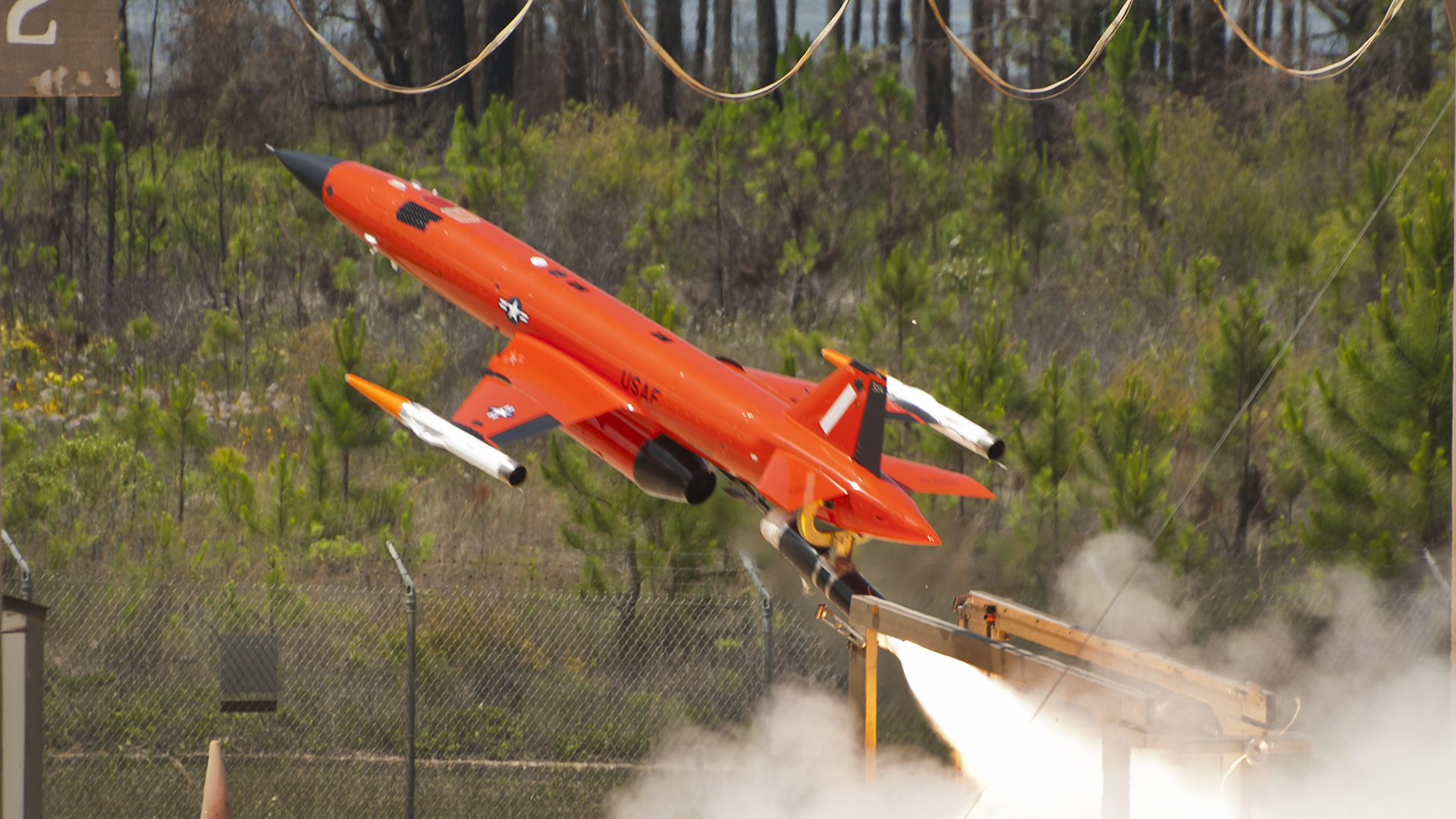
“We shoot live missiles at the drones, and we can evaluate the weapon’s performance against a range of countermeasures,” Vail continues, adding that heat-seeking AIM-9 Sidewinder shots could previously be conducted against glowing-hot flares, but with only the F/A-18C, which is diminishing in numbers, cleared to carry the LUU-2 parachute flares, all WSEP shots are now conducted against drones.
“For the more experienced aircrews or for testing we must make sure we get good data from the telemetry. To gather weapons performance data we let them ride as much as we can,” says Vail of the WSEP missile shots. “For the first-time shooter experience, the younger guys, we have them fly a profile and the drone executing some sort of defeat maneuver, so we know the weapon won’t hit the drone, but it provides sufficient experience.”

Live shots
Vail explains that the WSEP live shots do not just include high-time missiles that are close to being life-expired. Part of the mandate is to prove out the end-to-end build, load, engage and fire process of a weapon. So, they are typically drawn from the regular combat stockpile and then subjected to that end-to-end evaluation to ensure the whole weapon system is working as advertised.
“The weapons are sent here, our team retrofits the telemetry kit [TM] in place of the warhead, and adds a flight termination system,” which means the WEG operators can disable the weapon if necessary, Vail explains. “We shoot some weapons with telemetry kits and some without. The TM kits provide the ability to provide real-time monitoring of missile performance. We monitor, and collect that data for evaluation and assessment. The weapons that we don’t retrofit with TM are primarily used for younger shooters who have not shot a live air-to-air missile previously.”
Removing the warhead means that the missiles don’t detonate, and the “kill” can be scored due to its proximity to the target. This means that, in some cases, the target can live to fly another day, while the front line crews gain the all-important experience that they require. This is all about them experiencing what it is like for the missile to whoosh off the rail and guide onto a target, and under some circumstances detonate and destroy it, and not experiencing that for the first time in real combat.
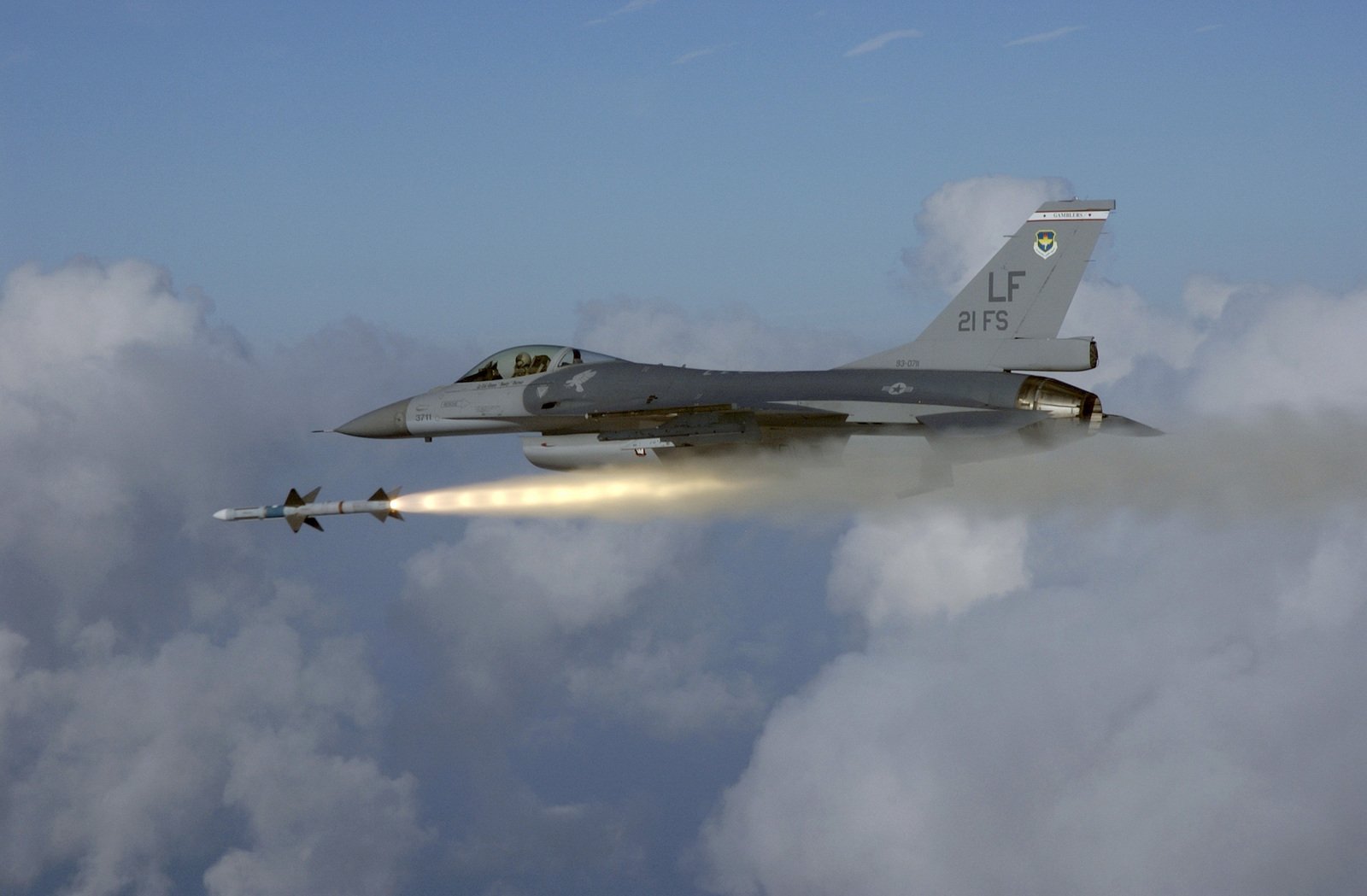
For aerial gunnery, WSEP uses an aerial banner that is towed by either a contract Learjet or by a Hornet, or they use the Aerial Gunnery Targeting System (AGTS) towed by a QF-16. “That’s an organic capability in the WEG,” says Vail, who adds: “There had been a bit of atrophy with aerial gunnery in recent years, but it’s something we have re-invigorated with a full evaluation,” possibly reflecting a new emphasis on the full range of air-to-air capabilities for fighters.
“AGTS is a cylindrical object that has a Visual Augmenter strung aft of it. It’s used as a lower-cost method of providing aerial gunnery experience for combat and fleet aircrews. There is a scoring version of the AGTS which provides feedback on the number of rounds that pass within the measuring capabilities of the system.”
WSEP work-ups
Part of the WSEP charter is geared toward a cycle of pre-deployment training for units, giving them the opportunity to employ the full range of weapons that they might use should they go into combat during their time downrange. Recent difficulties for units to deploy into bases like Tyndall from outside the Continental U.S. — such as those caused by COVID-19 — have seen some units conducting weapons evaluations from home stations. A recent example of this was the 493rd Fighter Squadron, which conducted live missile firings from its home base at RAF Lakenheath, England, in December 2020. “They were supposed to come here, but the whole thing pivoted due to COVID. We sent them AIM-9s and AIM-120s and helped set them up for success,” says Vail.

“There are efforts in play right now regarding deployment preparation and spin up,” Vail adds. “Checkered Flag is an event twice a year by Team Tyndall, and the resident 325th Fighter Wing and the 53rd WEG host the participants. We run this coincident with WSEP East and it’s mainly aimed at the Immediate Response Force [IRF]. These are the three squadrons that are on the hook to deploy at short notice to go and handle any tasking that may arise.”
“The intent of Checkered Flag is to get those three units operating together in extremely large Defensive Counter Air [DCA] missions over the Gulf of Mexico. Those VULs [Vulnerability Periods] are deconflicted from the live-fly weapons events. The U.S. Navy and Marine Corps have their own programs that are dovetailed into CAF Plan 53, they both come here to shoot, and we are seeing the Navy now have more emphasis on readiness and preparing their Carrier Air Wings [CVW] for deployment, so that sees less emphasis on individual units and more on the entire CVW showing up.”
As well as being an environment in which to safely execute live-fire air-to-air missile profiles, WSEP now has an added element of combat tactical execution built-in, such as a realistic threat or “red air” environment, which is achieved through the use of the drones in the airspace, which can perform high-G and tactical maneuvers. “It is a substantial challenge for our team to fit wartime-like execution into the reality and necessity for safe execution,” says Vail. “We do the best we can to build scenarios that are combat representative given the constraints we operate within. WSEP is designed to evaluate effective missile shots at a fundamental level. There is not an increased tactical environment outside of flying the various profiles and firing at the full- and/or sub-scale drones.”
With multiple aircraft and types completing live-fire sorties in the airspace at the same time, this requires a significant level of planning and deconfliction, with multiple agencies confirming the shot is safe to take prior to the actual firing.
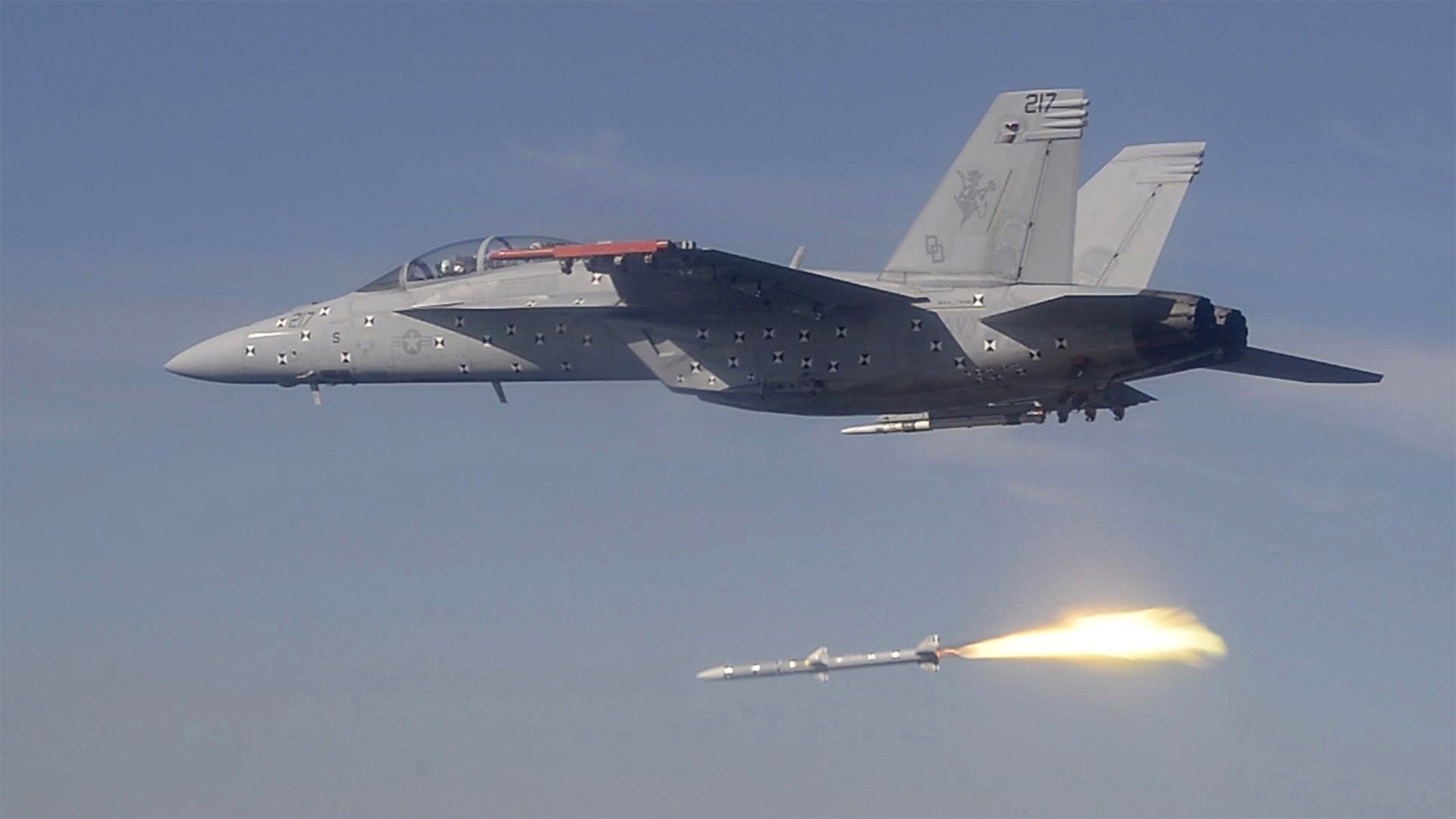
Alongside the training part of WSEP, the desire to accelerate the introduction of new technology is a major focus for Lt Col Vail in support of operational testing. “We are trying to do all we can in accelerating the future faster,” he says. Commenting on new weapons such as the secretive AIM-260 Joint Advanced Tactical Missile (JATM), which is now in development and due to be fielded in the next couple of years, Vail says: “I’ve been involved in discussions about that weapon.”
“Prior to this role I was with the 422nd Test and Evaluation Squadron [TES] at Nellis AFB, so I know the guys out there. Having an operating location at Eglin means the 83rd FWS has a good working relationship with the 85th TES. That human interaction, the face-to-face conversations, mean that a lot of things come together as a result of personal relationships.” Vail acknowledges that a lot of developmental test work, such as new missile testing, is conducted out of Edwards AFB, California. “The furthest left we go is a discussion with the development test guys, most of our chat is with the operational test community.”
Vail says WSEP is a far cry from just pitching up and firing missiles. The roughly two-week WSEP window involves a series of flights in carefully constructed scenarios, which add an element of real-world complexity. “We certainly have tried to include more of a “night one” battle focus,” he acknowledges. It means that WSEP is not just about shooting missiles at targets, but it blends in some of the large force exercise-type scenarios that have developed in other major training events.
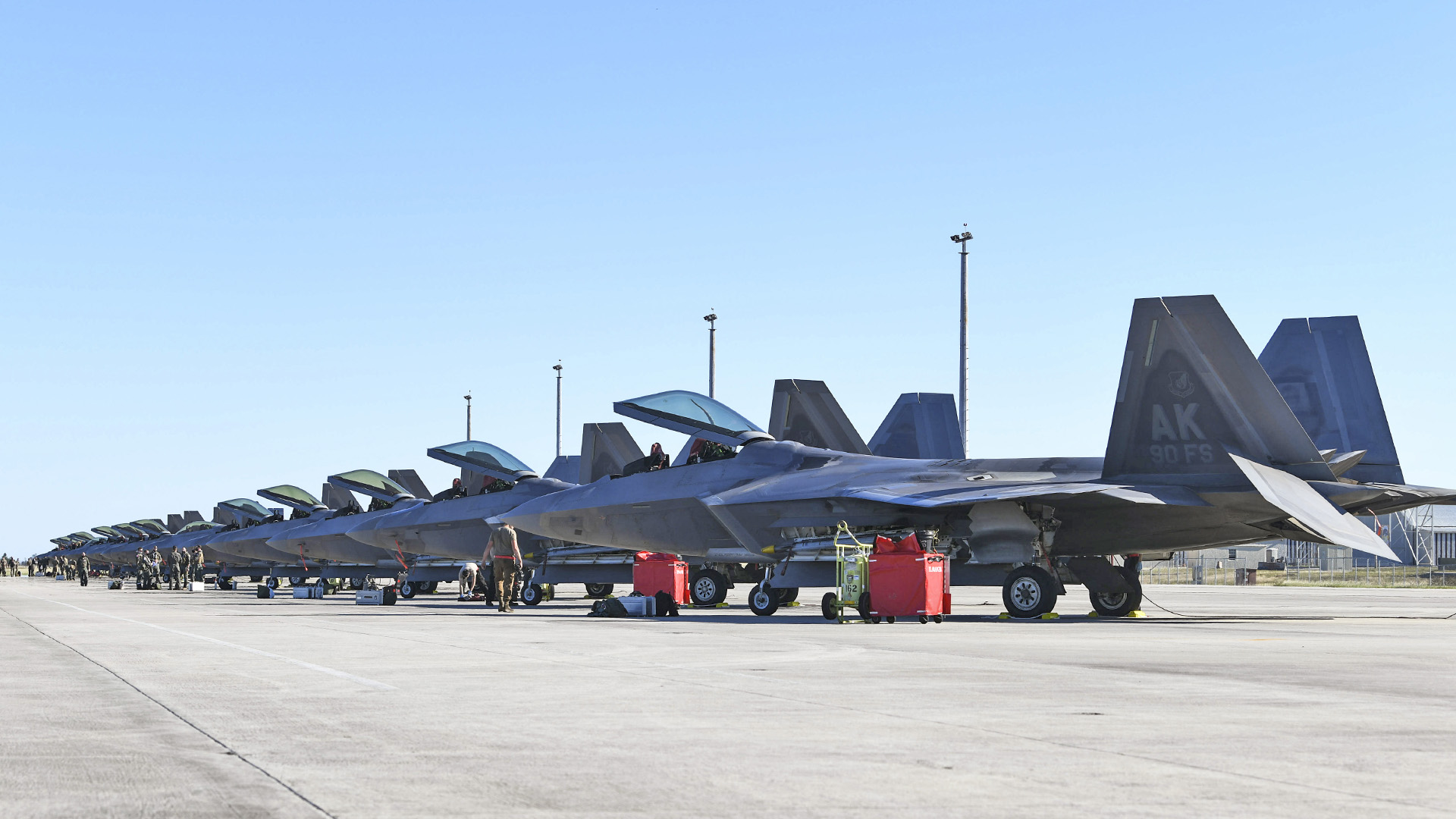
“I like the direction WSEP East has taken — trying to focus on air-to-air weapons evaluation against what we think the highest threat is.” It’s part of what Lt Col Vail calls “making this more missionized,” and clearly, more valuable across the range of participants that come to Tyndall to fire off the latest and greatest missiles.
Despite the cost of modern weaponry, the USAF places a high value on operators and testers gaining vital experience of employing these sophisticated and lethal systems for real. When fighters head out over the ranges of the Gulf of Mexico, they aren’t simply firing off old, time-expired weapons. They are adding a critical piece to the complex puzzle of keeping fighter squadrons and their crews at the top of their game.
WSEP blends advanced drone technology with emerging test requirements and essential frontline aircrew training so that when the radio call of “Fox” comes over the airwaves, the missile will be in the air and ready to deliver its killer blow.
Contact the editor: Tyler@thedrive.com
